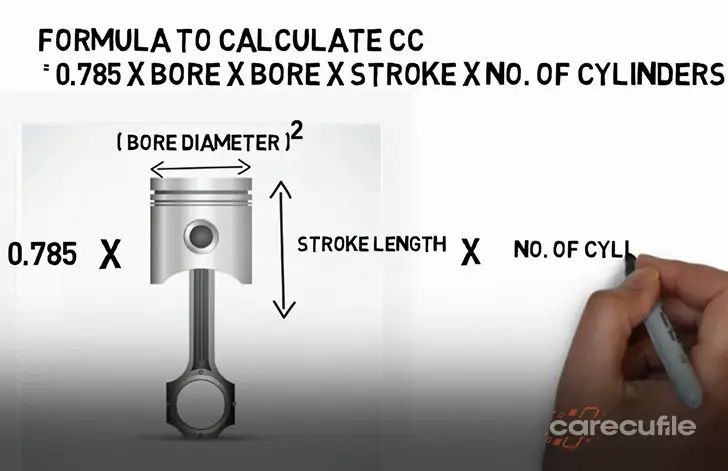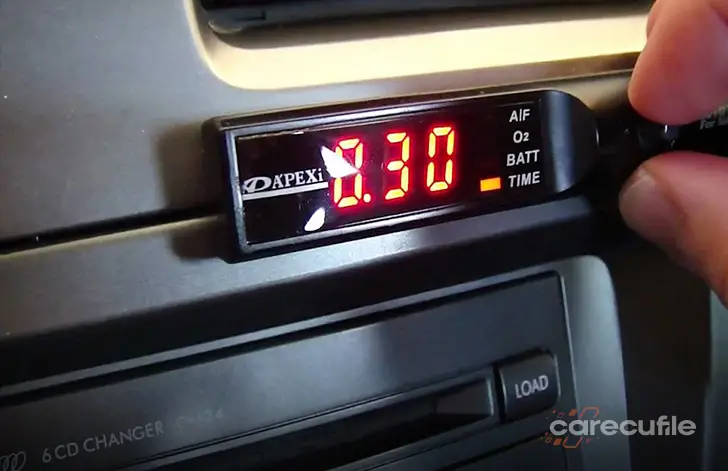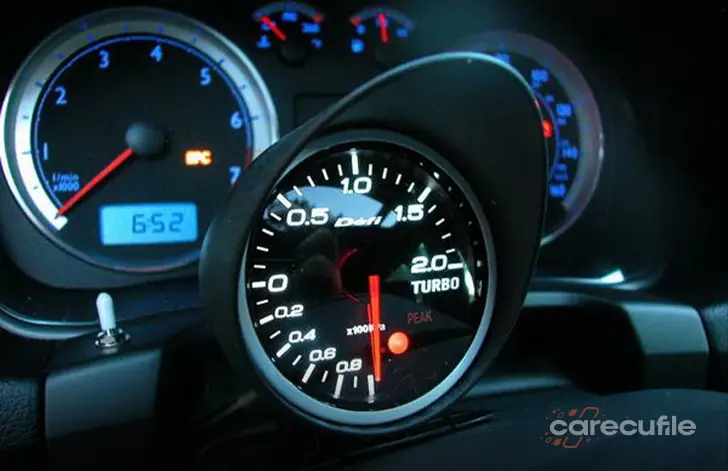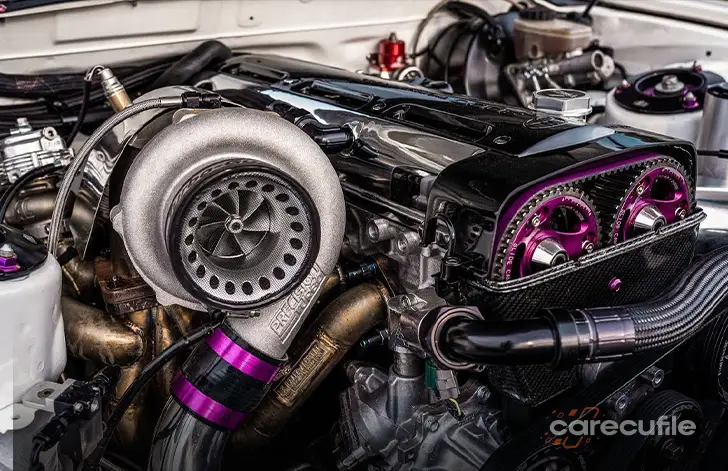What is Engine Displacement?
What is Engine Displacement?
In short, the engine volume revealed by measuring the volume in the cylinder is usually said to be rolling upwards and it turns out to be partial.
What Is Needed When Calculating the Volume
Bore is the value of the diameter on the top of the motor. Since the pistons are full circles, they have diameters and are described as bores. The stroke, which is close to the pipe, shows how much the piston moves up and down. The stroke measurement is found by measuring the lowest point of the piston from the highest point. Usually, the stroke and bore are shown side by side on the technical specification side of the engine. When the bore grows, the stroke goes to shrink. This is done in order to keep the volume of the engine constant. That is, the smaller the stroke, the more the engine tends to rev. The reason is that the piston's travel distance is short and it turns too many revolutions when it goes back and forth at this distance. But it cannot produce high torque. On the contrary, when we look at it, the larger the stroke, the more torque it produces. But the speed he turns is less. When the bore is smaller in diesels, the stroke becomes larger and they cannot turn too many revolutions.
The compression ratio is also an important ratio in addition to these bore and stroke values. This ratio is a condition that depends on how much the piston compresses the fuel-air mixture that it has taken into the cylinder.
Volume Calculation:
The volume is formed when the piston is in the cylinder. When it is at the bottom, let's say volume A, and when it goes to the top, let's say volume B. The compression ratio is calculated as A/B. It is lower in atmospheres around 12-13, in turbos around 9.5-10, in gasoline engines. That is, the air that he has taken inside compresses the fuel mixture 10 times. In diesels, this ratio can also be up to twenty.
In a matter of compression ratio, it is as follows. The more it is, the greater the thermal efficiency of the engine. The larger the explosion in the trapped volume, the more you spread it over a large volume when the explosion occurs, the more energy you transmit into the engine. In other words, the longer you have transferred air and fuel, the more energy will be transferred to the engine. This means that you get more power, that is, more power with the same fuel. This also directly affects the thermal efficiency. The higher the compression ratio of the engine, the higher the thermal efficiency. In short, it turns into a much less burning engine.
In general, manufacturers produce engines with high thermal efficiency in order to save fuel more. For this, it is also necessary to use stronger pieces and stronger blocks. Since a much greater pressure is created, the materials need to withstand this pressure.
What is the Engine Displacement?
The engine displacement does not directly indicate the volume inside the cylinder. In fact, this indicates the area where there is compression. English is also swept volume. The volume of the piston is calculated by how much it sweeps, which translates into the engine volume. Its calculation is also the same as the cylinder volume we know. We calculate the volume of the cylinder with the stroke and bore values of the piston. Then, when we multiply how many cylinders there are with it, we will find the engine volume. As a result of the multiplication process, we find cc and a fractional number is obtained. For example, 1,6 engines come out with 1590 cc. When we divide this by 1000, we come across a number like 1.59. But instead of saying these numbers in fractions, we say them by rounding, so instead of saying 1.59, we say 1.6.
















